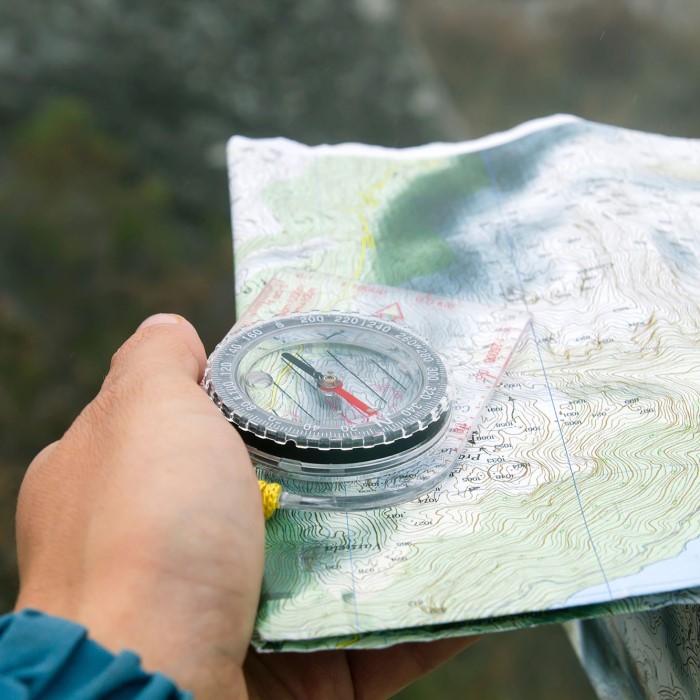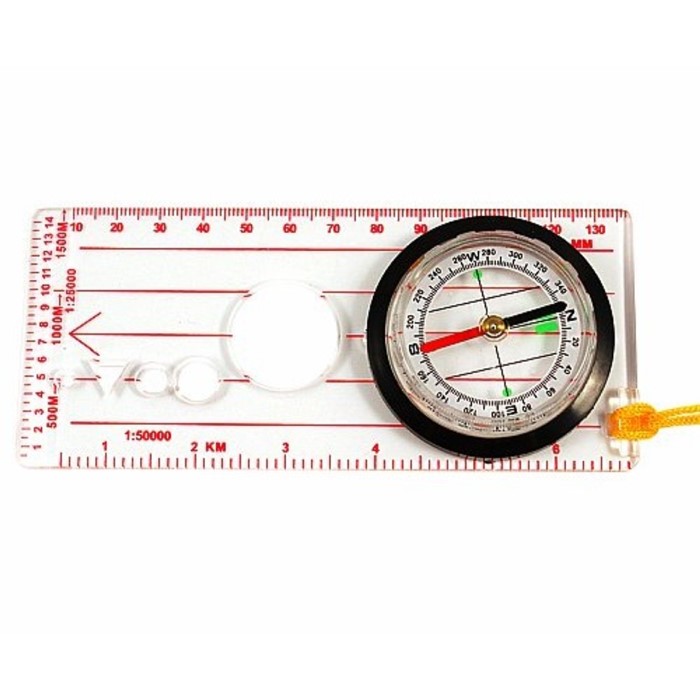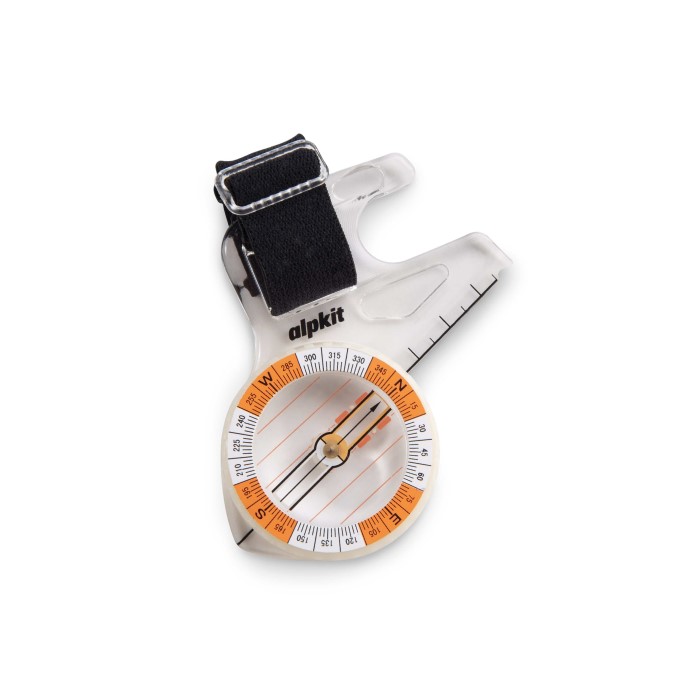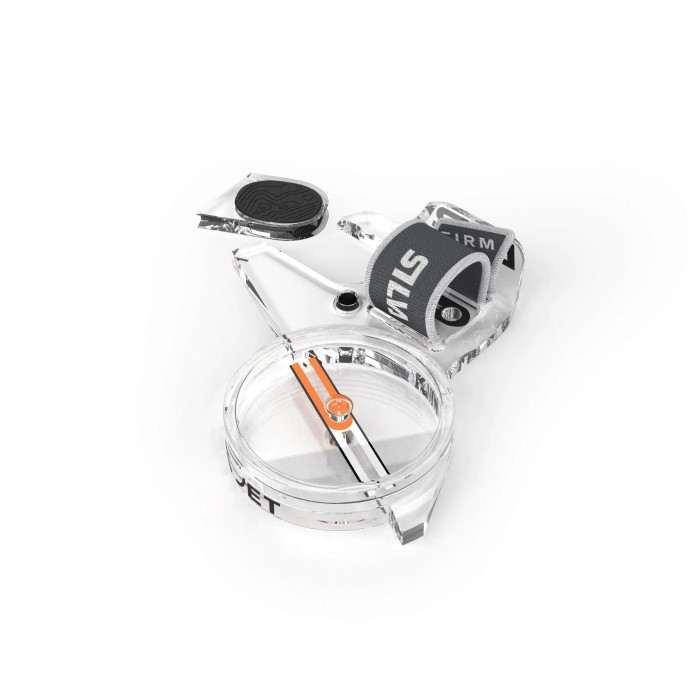Understanding Orienteering Compasses
Orienteering is a sport that combines navigation and running, demanding both speed and accuracy. To navigate effectively, the right tools are essential. At the forefront of these tools is the orienteering compass. So, what do all good orienteering compasses have? This article will guide you through the key features and essential tips for selecting the perfect compass for your needs. Understanding these features can significantly enhance your navigation experience and boost your confidence during outdoor adventures.
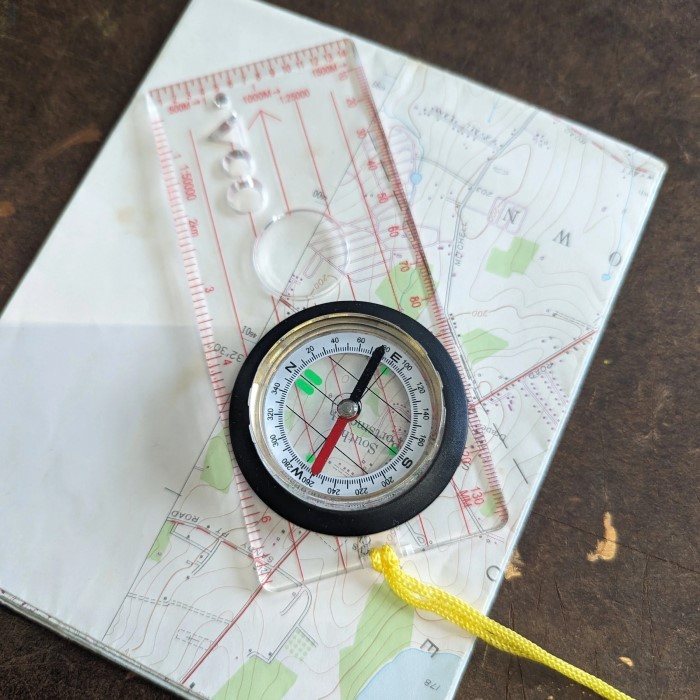
Importance of Choosing the Right Compass
What do all good orienteering compasses have? A reliable compass is vital for successful orienteering. Choosing wisely can improve accuracy and navigation. Whether you are a beginner or experienced, the right compass makes a difference.
Benefits of Using a Quality Orienteering Compass
- Improved Accuracy: High-quality compasses provide stable and precise readings. This ensures you stay on the correct path.
- Durability: Good orienteering compasses are made with strong materials. They withstand tough outdoor conditions, including weather and accidental drops.
- Ease of Use: A well-designed compass offers user-friendly features such as clear markings and adjustable declination. These features simplify navigation for both novices and experts.
- Enhanced Confidence: When you trust your compass, you focus more on your surroundings. This leads to a better orienteering experience.
Common Mistakes When Selecting a Compass
- Choosing Based on Price Alone: Low-cost compasses may lack important features. Invest in a trustworthy brand.
- Ignoring Compatibility with Maps: Some compasses lack rulers or scales for map reading. Check for calibration with your maps before buying.
- Overlooking Declination Adjustment: Forgetting this feature can lead to inaccurate readings. Select a compass with easy declination settings.
- Buying Without Testing: Some compasses may have sticky needles or unclear dials. Test the compass in-store when possible.
- Underestimating Material Quality: Weak materials may crack or warp under pressure. Opt for compasses built for rugged use.
By avoiding these mistakes, you ensure your compass meets your needs. A reliable compass with essential features is key to a successful orienteering adventure.
Key Components of Orienteering Compasses
Understanding the key components of orienteering compasses helps ensure effective navigation. Each part contributes to accuracy and usability. Below are the must-have elements of orienteering compasses.
The Baseplate: A Must-Have Element
The baseplate is the foundation of your compass. It is flat, transparent, and marked with useful scales and rulers. These features help you read maps and measure distances accurately. A quality baseplate allows you to align with landmarks and orient efficiently.
Rotating Compass Housing: Ensuring Precision
The rotating compass housing contains the compass needle and degree markings. It lets you set bearings and direction of travel. Smooth rotation is vital to avoid errors during navigation. Always choose compasses with clearly printed and durable housing.
Magnetic Needle: The Heart of Your Compass
The magnetic needle points to magnetic north, making it the core of the compass. A stable and quick-settling needle is crucial for accurate readings. Poor-quality needles can stick or move sluggishly, affecting navigation performance. Always test the needle before purchase.
Declination Adjustment: Enhancing Accuracy
Declination adjustment corrects the difference between magnetic north and true north. Most orienteering compasses have adjustable declination settings for easy precision. This feature improves navigation in unfamiliar terrain and prevents direction errors. Opt for compasses with clear and adjustable declination settings.
Types of Orienteering Compasses
Understanding the types of orienteering compasses helps select the best tool for your needs. Below are the most commonly used types and their features.
Traditional Baseplate Compasses
Traditional baseplate compasses are the most popular for orienteering. They feature a flat, transparent baseplate with rulers and scales. These tools are easy to use and perfect for map reading. Their simple design makes them ideal for beginners and experienced users.
Key benefits include:
- Ease of Alignment: The straight edges assist in aligning with map grid lines or landmarks.
- Portability: Lightweight and compact, they are easy to carry during outdoor adventures.
- Affordability: Traditional models are typically cost-effective.
When choosing one, ensure it has clear markings and a smooth rotating housing for precision.
Mirror compasses offer additional features for precision and are favored by advanced users. They include a mirror and sighting notch, allowing for more accurate bearings and distant navigation. These tools are often used in complex terrains.
Key benefits include:
- Increased Accuracy: The mirror helps align the needle and your target.
- Versatility: Perfect for advanced orienteering and challenging environments.
- Enhanced Safety: The added precision can prevent navigation mistakes in remote areas.
Although typically more expensive and heavier than baseplate compasses, the added functionality justifies the investment for serious adventurers. Always ensure the mirror and sighting mechanism are durable and easy to use.
Additional Features to Look For
When selecting an orienteering compass, additional features enhance usability and practicality. These elements simplify navigation.
Transparent Baseplate for Map Reading
A transparent baseplate ensures better visibility of your map while navigating. It allows you to align features on the map easily. Ensure the baseplate is flat and free from obstructions. This aids in accurately tracing routes and identifying landmarks. Look for baseplates with clear etchings to maintain precision during map reading.
Reliable Scales and Rulers for Measurements
Integrated scales and rulers are essential for measuring distances on a map. These markings help convert map scales into real-world distances. Ensure the compass has multiple scales for compatibility with different maps. Easy-to-read and durable markings improve efficiency in planning routes. Always check for compatibility with your preferred map type.
Durable and Lightweight Materials
The materials of the compass should withstand outdoor challenges. High-quality plastics or metals ensure durability under harsh conditions. Lightweight materials make the compass easier to carry during long adventures. Avoid compasses prone to cracking or warping; opt for those designed for rugged use. This balance of durability and portability ensures reliability throughout your journey.
Maintenance and Care of Orienteering Compasses
Proper maintenance ensures your orienteering compass remains accurate and reliable. Caring for your compass increases its lifespan and usability. Follow these steps to keep your compass in prime condition.
Cleaning and Storage Tips
- Clean Regularly: After each use, wipe your compass with a soft, damp cloth to remove dirt. Avoid harsh chemicals, as they may damage the surface or markings.
- Dry Thoroughly: Ensure your compass is completely dry before storing it. Moisture can lead to corrosion or affect the needle’s performance.
- Store Safely: Keep your compass in a protective case or pouch to avoid scratches or damage. Store it in a dry, cool place away from magnets or electronic devices.
- Avoid Extreme Temperatures: High heat or freezing conditions can warp the plastic or interfere with magnetic functions.
- Check for Wear and Tear: Examine scales, housing, and the needle regularly for signs of damage. Replace or repair as needed.
Troubleshooting Common Issues
- Sticky Needle: A needle that doesn’t move freely may need cleaning or rebalancing. Remove any debris or dust affecting its movement.
- Incorrect Readings: If your compass gives wrong directions, check for nearby magnetic interference. Use it away from metal or devices.
- Loose Components: Tighten screws or housing if parts feel loose. Move carefully to avoid breaking delicate elements.
- Cloudy Baseplate: Use mild soap and water to clean cloudy surfaces. Ensure markings remain visible.
- Declination Malfunctions: Test the declination adjustment mechanism periodically for smooth functioning. Seek professional repair if it sticks.
Routine care and inspection ensure your compass stays functional. These practices help you enjoy accurate navigation during your adventures.
How to Use an Orienteering Compass Effectively
Learning to use an orienteering compass is essential for safe and accurate navigation. Whether you are new or experienced, understanding fundamental techniques ensures success in the field.
Tips for Beginners
Understand the Basics:
Familiarize yourself with the fundamental components of a compass.
Identify the baseplate, which serves as the flat surface to hold and read the compass.
Learn about the needle, which points towards magnetic north, and its importance in navigation.
Explore the rotating housing, which allows you to adjust the compass to the desired bearing.
Practice Setting Bearings:
Learn how to rotate the compass housing until the orientation matches the direction you want to go.
Understand how to read the degree markings to set precise bearings for navigation.
Engage in practice exercises where you set and follow multiple bearings to enhance your skills in directional navigation.
Use Landmarks for Orientation:
Develop the ability to intersect compass readings with identifiable landmarks in your environment.
Prioritize using natural features, such as hills or rivers, as visual points to help validate your navigational decisions.
Practice triangulating your position by utilizing multiple landmarks along with your compass readings.
Hold Your Compass Correctly:
Ensure that you hold the compass flat in your palm to obtain accurate readings.
Avoid tilting or angling the compass as it can lead to errors in direction and bearing.
Make it a habit to keep the compass stable and level while you take your readings.
Align with the Map:
Familiarize yourself with map-reading skills, including understanding symbols, scales, and contours.
Place your compass baseplate on the map, ensuring that the edge aligns with your current position and target destination.
Adjust the compass housing to match the north on the map with the magnetic north indicated by your compass.
Avoid Interference:
Remain conscious of environmental factors that can affect compass accuracy.
Keep a safe distance from magnetic objects, such as metal equipment, electronic devices, or strong magnets, which can distort the compass reading.
Plan your compass navigation in areas where interference is minimal to ensure reliable results.
Start with Simple Terrain:
Gain confidence in your navigation skills by practicing in familiar, low-complexity areas like parks or open fields.
Use these environments to experiment with various compass techniques without the added pressure of challenging terrain.
Gradually increase the complexity of your practice locations as your confidence and skills improve.
Follow Courses or Guides:
Enroll in beginner-friendly orienteering courses or workshops to receive structured learning.
Participate in guided outdoor events to practice skills while receiving valuable feedback from experienced navigators.
Collaborate with fellow learners to share experiences and strategies, further enhancing your navigation skills through group activities.
Calculate Declination:
Understand what magnetic declination is: the angle difference between magnetic north and true north.
Obtain the local declination value from a reputable source, such as nautical charts or topographic maps.
Adjust your compass readings for declination before you begin your journey, ensuring that your navigation is accurate from the outset.
Regularly check for updates on declination values, as they can change over time.
Use a Mirror Compass:
Familiarize yourself with how a mirror compass functions, particularly the sighting feature.
Learn to align the compass needle with the sighting line using the mirror, allowing for precise targeting of distant landmarks.
Practice using the mirror to take bearings from far-off points, honing your ability to navigate across varying landscapes effectively.
Experiment with adjusting your angle of visibility to ensure clarity while sighting through the mirror.
Master Map Scales:
Understand the importance of map scales, which indicate the relationship between the distance on the map and the actual distance in the field.
Utilize the ruler and scale bar on the compass baseplate to measure distances accurately when interpreting the map.
Practice calculating real-world distances for various tracings and routes on the map to improve your navigational proficiency.
Familiarize yourself with different map scales, as they may vary and require different approaches to distance estimation.
Combine Multiple Bearings:
Identify how to take bearings to multiple landmarks simultaneously to create a triangulated position for your location.
Use this technique to enhance your confidence in your navigational accuracy by cross-checking your position against several reference points.
Practice this skill in varying environments, ensuring you can adapt the method to different navigational contexts.
Assess the precision of your bearings after taking multiple readings, and adjust as needed for improved reliability.
Learn strategies for overcoming obstacles, such as hills, forests, or urban environments, which can complicate direct navigation.
Practice contour navigation techniques, using your map to visualize and plan for elevation changes and terrain features.
Develop skills in contour interpretation, helping you understand how to effectively move around natural obstructions.
Train regularly in different environments to build your adaptability and confidence when facing various challenges in the field.
Perform Route Planning:
Master the art of thorough route planning by studying map grids, elevation contours, and other essential map features beforehand.
Determine clear waypoints along your path to guide your navigation and decision-making during your journey.
Take into account factors such as weather conditions or expected difficulties along the route while planning.
Rehearse your planned route and familiarize yourself with potential alternative paths in case you need to adjust on the fly.
Track Back to Safety:
Understand the concept of reverse bearings, which involves retracing your steps by taking bearings in the opposite direction.
Practice the mental process of associating your current location with your original bearings, helping you maintain a clear sense of direction.
Develop a systematic approach to backtracking when lost, ensuring that you have reliable methods for returning to safety.
Keep a record of significant landmarks encountered on your journey, which can facilitate easier retracing in case of disorientation.
Use Timing and Pacing:
Measure distances traveled by developing a consistent method for counting steps, associating your pace with specific measurements.
Calculate your average speed and travel time to make informed estimations of how far you’ve traveled over a given period.
Utilize timing techniques to gauge anticipated arrival times at various waypoints or your ultimate destination.
Regularly practice pacing and timing in different environments to improve your overall spatial awareness and navigational skills.
Mastering these techniques provides confidence and enhances your navigation accuracy. Practice regularly to build expertise and make your orienteering adventures more rewarding.
Conclusion: Choosing the Right Orienteering Compass
In conclusion, selecting the right orienteering compass involves understanding what do all good orienteering compasses have. Key features such as a clear dial, sensitive magnetic needle, and robust construction are vital. Enhancements like adjustable declination and comfortable grip are equally important. As you prepare for your next outdoor adventure, keep these elements in mind. Whether you’re a seasoned professional or a beginner, the right compass can transform your navigation skills. So, invest wisely in a compass that meets these essential criteria to ensure you have the best possible experience in the great outdoors.
